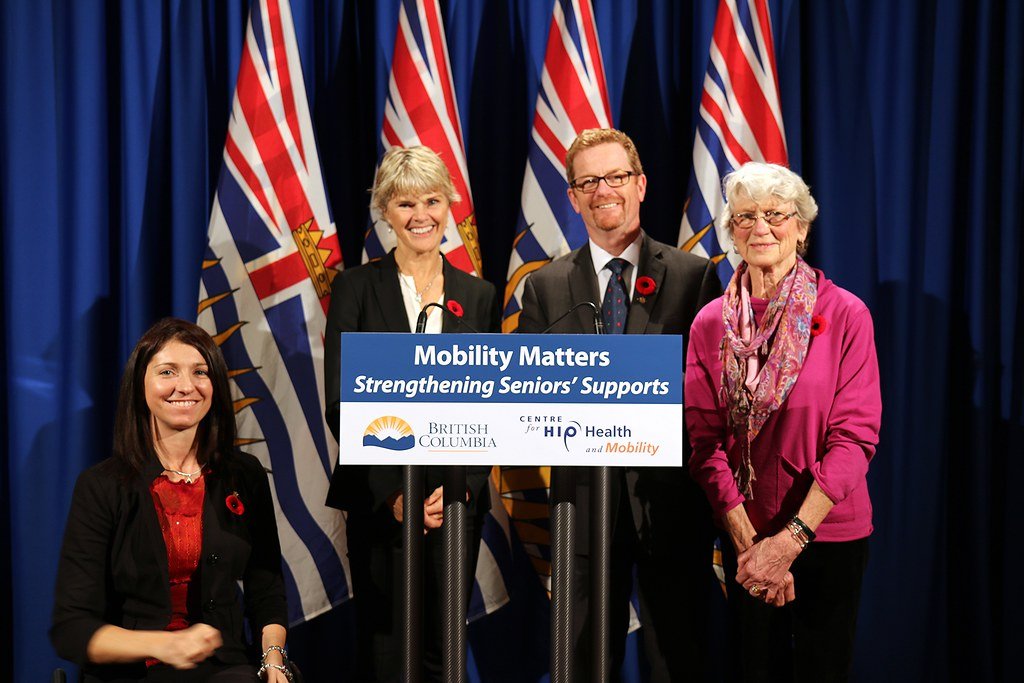 assisted living facilities
assisted living facilities
Falls among older adults represent a critical health issue with significant implications for individual well-being and healthcare systems worldwide. As life expectancy rises and the population ages, the risk of falls and their associated injuries has garnered increasing attention. Preventing falls in older adults is not only essential for preserving independence and quality of life but also for reducing healthcare costs and burdens on caregivers and society as a whole.
Exploring the Facets of Fall Prevention
- Exercise and Physical Activity: Engaging in regular physical activity, including strength and balance exercises, can improve muscle strength, flexibility, and coordination, thereby reducing the risk of falls among older adults. (Source: National Institute on Aging – Exercise and Physical Activity)
- Home Modifications: Modifying the home environment to remove hazards such as loose rugs, inadequate lighting, and slippery surfaces can significantly reduce the risk of falls. Installing grab bars, handrails, and nonslip mats in bathrooms and stairwells can enhance safety. (Source: Centers for Disease Control and Prevention – Home Fall Prevention Checklist)
- Medication Management: Reviewing medications with healthcare providers to identify and minimize the use of drugs that may increase fall risk is crucial. Certain medications, such as sedatives and drugs that lower blood pressure, can contribute to falls. (Source: American Geriatrics Society – Beers Criteria)
Challenges and Considerations
- Multifactorial Nature of Falls: Falls in older adults often result from a combination of factors, including biological changes associated with aging, environmental hazards, and medical conditions. Addressing these multifaceted risk factors requires a comprehensive and individualized approach. (Source: Journal of the American Geriatrics Society – Multifactorial Fall Prevention)
- Access to Resources: Disparities in access to fall prevention resources and healthcare services exist among older adults, particularly those from marginalized or underserved communities. Ensuring equitable access to interventions and support is essential for reducing fall-related disparities. (Source: Health Affairs – Disparities in Fall Prevention)
Case Studies or Real-world Applications
- Case Study 1: Mrs. Smith, an 80-year-old retiree, participated in a community-based fall prevention program that included exercise classes, home safety assessments, and medication reviews. As a result, she reported improved balance and confidence, leading to a reduction in falls and injuries.
- Case Study 2: Mr. Johnson, a resident of a senior living facility, experienced a fall due to poor lighting in the hallway. Following his fall, the facility implemented brighter lighting and installed handrails, leading to a decrease in fall incidents among residents.
Conclusion
Preventing falls in older adults requires a multifaceted approach that addresses biological, environmental, and behavioral factors. By implementing evidence-based interventions such as exercise programs, home modifications, and medication management strategies, significant progress can be made in reducing fall risk and promoting healthy aging. However, ongoing research, advocacy efforts, and community engagement are essential for addressing challenges and advancing fall prevention initiatives.
Q&A Section
- What are the most effective exercises for preventing falls in older adults? Exercises that focus on improving balance, strength, and flexibility, such as tai chi, yoga, and resistance training, have been shown to be particularly effective in reducing fall risk among older adults. (Source: Harvard Health Publishing – Exercise to Prevent Falls)
- How can I make my home safer to prevent falls? Simple modifications such as removing tripping hazards, installing grab bars and handrails, improving lighting, and securing rugs can significantly reduce fall risk at home. (Source: National Institute on Aging – Home Safety Checklist)
- What role does vision play in fall prevention? Good vision is essential for maintaining balance and avoiding obstacles. Regular eye exams and wearing appropriate eyeglasses or contact lenses can help older adults detect hazards and navigate their surroundings safely. (Source: Prevent Blindness – Vision and Falls)
- Are there community-based programs for fall prevention? Yes, many communities offer fall prevention programs that include exercise classes, home safety assessments, and educational workshops. These programs are often provided by local healthcare organizations, senior centers, or community centers. (Source: National Council on Aging – Falls Prevention Programs)
- How can I encourage my elderly loved one to participate in fall prevention activities? Emphasize the benefits of fall prevention, such as maintaining independence and avoiding injuries. Encourage them to speak with their healthcare provider about their fall risk and explore available resources and programs in their community. (Source: American Academy of Family Physicians – Preventing Falls in Older Adults)
If you or someone you know is concerned about fall risk, consider reaching out to a healthcare provider or community organization for assistance. Remember that fall prevention is an ongoing process that requires proactive measures and collaboration among individuals, caregivers, and healthcare professionals.
Need help? Let us know how we can match you.
